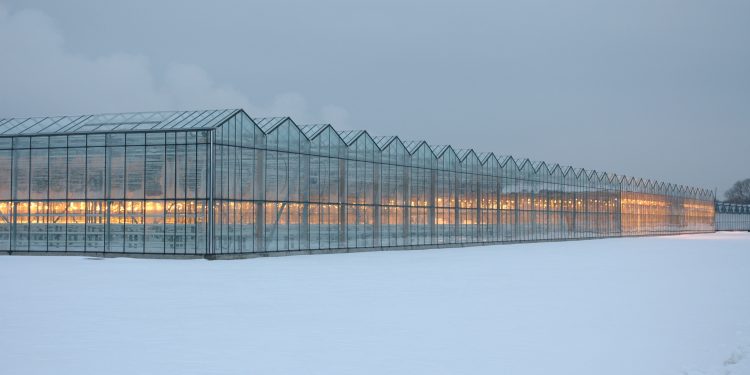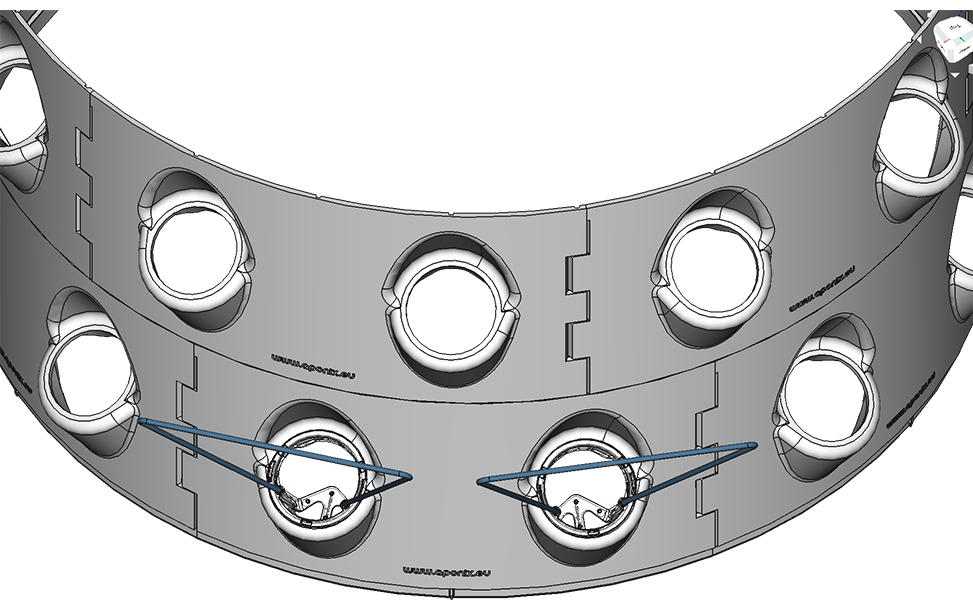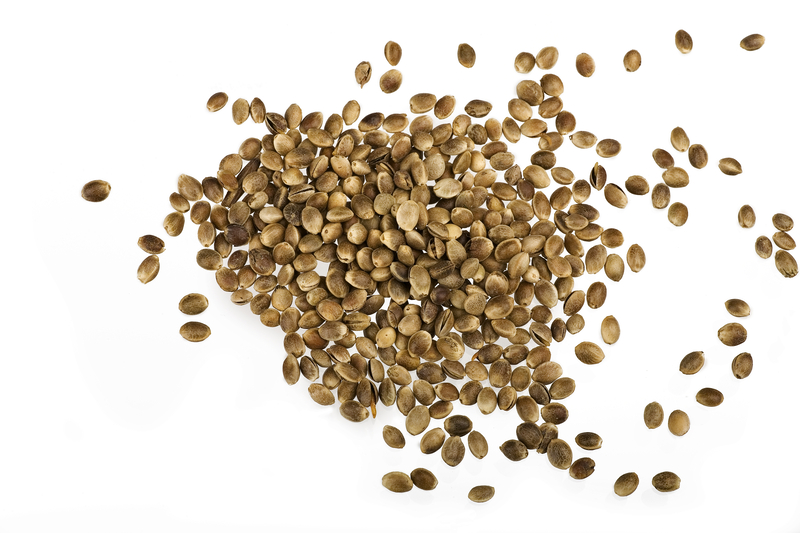Greenhouse growers face a multitude of decisions when it comes to selecting the right coverings for their facilities. To help with this process, the Resource Innovation Institute has compiled insights from greenhouse experts and operators to identify four key factors that growers should consider: material cost and longevity, light transmission, shading and blackout curtains, and insulation.
Material cost and longevity are critical considerations, as greenhouse coverings come in a range of materials, from glass and polycarbonate to acrylic. While more durable materials may come at a higher cost, growers may opt for materials that offer a higher level of light transmission for fruiting plant growers.
Light transmission is also an essential factor to consider, particularly for growers who need to balance durability and longevity with the need for ample natural light. While acrylic coverings offer a high level of light transmission, polycarbonate materials can offer lower levels. Layering coverings can improve insulation rates but may come at a cost to light transmission.
Shading and blackout curtains are useful for maximizing natural light while maintaining ideal growing conditions for specific crops. Light-diffusing curtains can improve light penetration into the lower canopy and reduce overall heat loads, resulting in improved operational efficiency and performance.
Insulation is another crucial factor, as it can significantly impact a greenhouse’s energy efficiency. The U-value and R-factor metrics are used to rate insulation, with higher R-factors indicating superior thermal resistance.
In conclusion, greenhouse growers must carefully consider their options when it comes to selecting the right covering materials for their facilities. By taking into account material cost and longevity, light transmission, shading and blackout curtains, and insulation, growers can make informed decisions that optimize efficiency and profitability.










